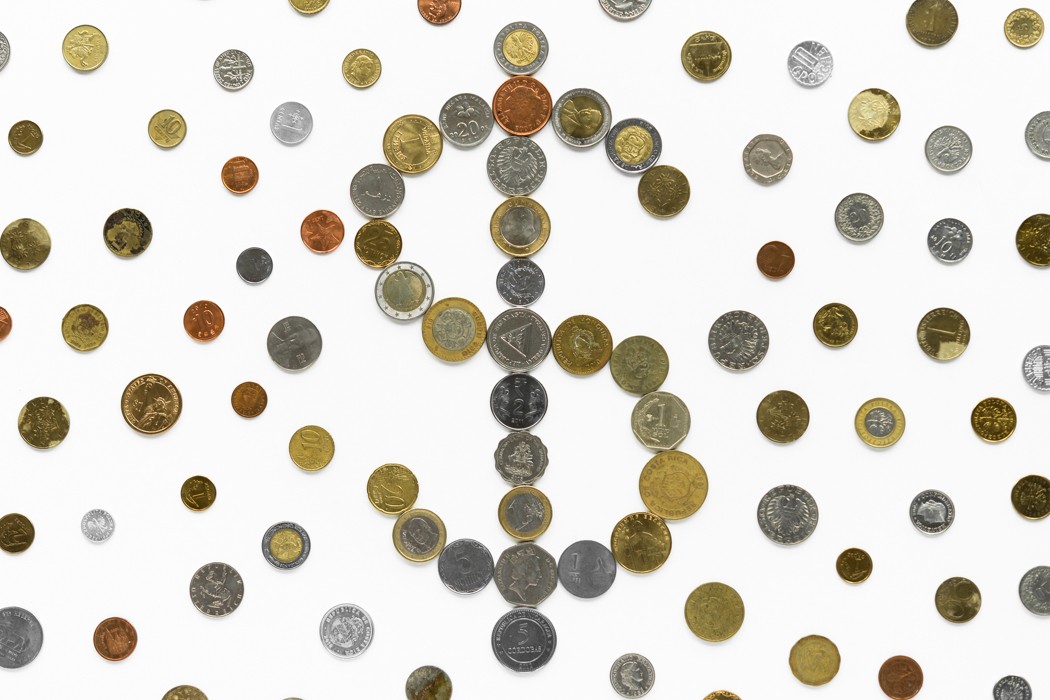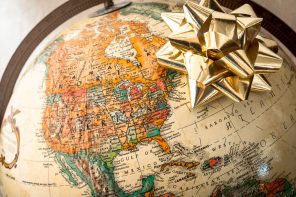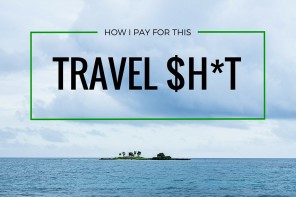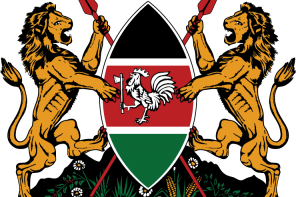Though it’s not a particularly fun part of travel, maintaining access to cash and credit is a topic every traveler should take very seriously, because if you run out of cash on hand, things can get very frustrating very quickly.
I don’t see all that many travelers completely run out of cash while traveling – but I see travelers run out of ACCESS to money on every single trip I take, without exception. Examples: I’ve seen people get stuck in a town they don’t want to be in for weeks on end due to no functioning ATM or credit card, I’ve seen others have to fly home before their trip’s end due to lack of access to cash, and even I have had to BEG ON THE STREET because I ran out of cash (or rather, ACCESS to cash). I’m not necessarily proud of it, but it’s happened.
Lacking access to funds is one of the worst things that can happen to any traveler outside of personal injury and/or imprisonment. Accordingly, I’ve developed my own cash-access strategy that covers me in the vast majority of common situations, so I never run out of cash while traveling.
How To Never Run Out of Cash While Traveling
CARRY TWO ATM CARDS WHILE TRAVELING.
I travel with two ATM cards attached to separate banks – thus, if one is lost/stolen/compromised, I still have a second way to get cash. I generally put the lion’s share of my travel funds in my primary ATM account, and enough to survive for a couple of weeks in the second account.
ALSO, CARRY TWO CREDIT CARDS WHILE TRAVELING.
I travel with two major credit cards attached to separate banks – this provides redundancy so if one card is lost/stolen/compromised, I still have a backup.
A THIRD CREDIT CARD STAYS HOME.
Leave a third credit card at home, attached to any automatic payments that need to be maintained (this way the card cannot be easily lost/stolen/compromised). In order to keep this card as secure and unexposed to fraud as possible, I almost never use this card for any discretionary spending even while I’m home – it covers only autopays for utilities, online subscriptions, etc.
HIDE SOME CASH IN YOUR BACKPACK.
Maintaining a supply of around $100-200 US in cash in your bag will save you if you end up in a place where cards aren’t accepted or the ATM machine is out of service.
Other important strategies to maintain access to cash while traveling:
PRIOR TO TRAVEL, NOTIFY YOUR BANK OF YOUR TRAVEL DATES.
Alert your banks of your travel dates and destinations prior to travel so your cards don’t get shut down due to what may appear as fraud on the account. Note: some banks will only allow a 30-day travel window – continue to update your info with those banks diligently if your trip is longer than 30 days (I make notes on my calendar for when I need to re-update).
KNOW ALL YOUR PIN NUMBERS.
Know your PIN numbers for ALL of your cards. This includes both ATM cards and credit cards. Most of my friends aren’t even aware that their credit cards have PIN numbers. They do. Learn them or get stranded overnight in a Nagoya, Japan train station the way I did (but that’s a different story…).
CHECK ALL CARD EXPIRATION DATES:
A month before you travel, check the expiration dates on your ATM cards and credit cards. If they’re due to expire in the middle of your upcoming trip, call your bank ask for an updated card – and make sure customer service understands that you need a NEW card with a new expiration dates, not just a REPLACEMENT card. A replacement card could very well list the SAME expiration date as the prior card!
COPY / SCAN ALL CREDIT AND ATM CARDS BEFORE TRAVEL.
Prior to your travel date, scan in a digital copy of the front and back of all of your credit cards and email them to yourself, and also print a copy of the cards and hide it in your backpack. This will assure that even if you lose your cards, you can at least reference the numbers should you need to cancel a card, or book a flight, etc. Do this with your passport and other documents as well.
FORGET ABOUT TRAVELERS CHECKS.
These things are nearly obsolete at this point. Don’t bother with them.
CARRY ONLY ONE ATM CARD + ONE CREDIT CARD AT ANY GIVEN TIME IF POSSIBLE.
I leave one set of cards in the room (hidden somewhere in my pack) and carry one credit card / one ATM card on my person if I expect to need to use cards for withdrawals or purchases. This makes it hard to lose both sets of cards at the same time.
DO NOT EVER RUN YOUR CASH SUPPLY DOWN TO ZERO.
You should NEVER be without at least enough cash on hand to get you through the next few days of travel. Some ATMs listed in your guidebook will either be nonfunctional or nonexistent, and things like power outages and transit strikes in developing (and developed) countries can limit your ability to move around the way you intended. I personally recommend keeping no less than a value of $50-100 US in cash on hand at any given moment – this is enough to get you out of the majority of travel-related inconveniences in most places.
WHICH CREDIT CARDS AND ATM CARDS ARE RIGHT FOR YOU?
Card benefits and drawbacks vary and change often. Here’s what cards I’m using currently.
Thanks for reading!







